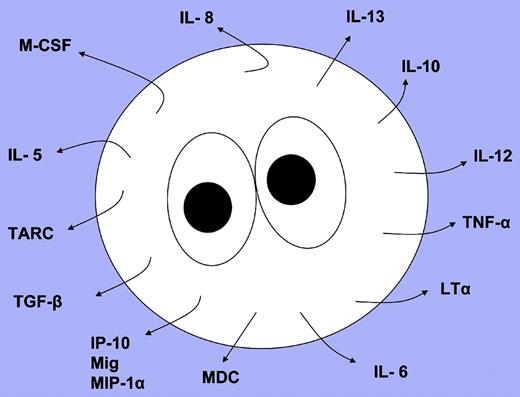Comment on Biggar et al, page 3786
Highly active antiretroviral therapy (HAART) has resulted in a stunning decrease in all AIDS-related illnesses, with one apparent exception: Hodgkin lymphoma (HL).
Biggar and colleagues, linking data from national AIDS and cancer registries in the United States, have now shown that the incidence of AIDS-related Hodgkin lymphoma (HL) was significantly higher in 1996 to 2002 when compared with earlier time periods.
A decline in the incidence of AIDS was first documented in 1995, as a direct consequence of the widespread use of highly active antiretroviral therapy (HAART),1 resulting in a remarkable, 73% decrease in the development of full-blown clinical AIDS among HIV-infected people, and a 75% decline in mortality among patients with AIDS.1 Nonetheless, the prevalence of HIV continues to increase in the United States, driven by a stable number of new infections each year, along with prolongation in survival of previously infected individuals.FIG1
Chemokines and cytokines expressed by the Reed Sternberg cell. Adapted from Skinnider et al.5
Chemokines and cytokines expressed by the Reed Sternberg cell. Adapted from Skinnider et al.5
Lymphoma has traditionally been considered a late manifestation of HIV infection, more likely to occur in the setting of significant CD4 depletion.2 In this setting, the incidence of diffuse large B-cell and Burkitt lymphomas is statistically increased among infected individuals. Of interest, low-grade lymphoma is also increased 14-fold in patients with AIDS,3 as is T-cell lymphoma.4
On a population level, the risk of AIDS-lymphoma may best be understood within the context of the immune status of the population being evaluated. Besson et al2 evaluated the incidence of AIDS-lymphoma relative to the level of CD4 cells. As CD4 cells fell, the incidence of AIDS-lymphoma increased. The same inverse relationship was apparent in the time frame before institution of HAART and after the availability of HAART. Thus, if HAART therapy is available and effective in a given population, one would expect a significant decline in the incidence of AIDS-lymphoma.
Biggar and colleagues assessed CD4 cell counts in patients with HL to ascertain the relationship between immune status and HL incidence. In sharp contrast to the inverse relationship seen in AIDS-lymphoma, the incidence of HL rose significantly as the CD4 count increased. This direct relationship was seen in all subtypes of HL, but was most marked for nodular sclerosis disease.
Why would the incidence of HL increase in the setting of improved immunity? The answer, perhaps, relates to the milieu of the Reed Sternberg (RS) cell, which constitutes the vast majority of tissue involved by HL. RS cells produce a myriad of cytokines and chemokines (see figure), which result in the influx of CD4 and other inflammatory cells.5 These cells provide important signals, necessary for the proliferation and survival of the malignant RS cells, which, in turn, have been shown capable of responding to these signals. In patients who are severely immunocompromised, it is conceivable that the growth signals necessary for expansion and maintenance of the RS cell are simply inadequate to allow full expression of the disease. With increasing CD4 cell counts resulting from HAART therapy, the appropriate milieu may again be available, allowing a previously occult proliferation of RS cells to thrive.
The data from Biggar and colleagues indicate that we have not yet seen the end of the AIDS-related cancers.
The author declares no competing financial interests. ▪


This feature is available to Subscribers Only
Sign In or Create an Account Close Modal